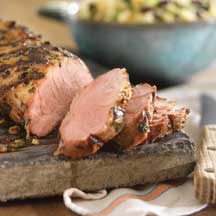The 5 Day Pouch Test Owner's Manual
Protein Fortified Beverages: Protein shakes, protein drinks, protein breakfast drinks are all protein fortified beverages. Look for ready-to-drink (RTD) beverages that have at least 15 grams of protein and fewer than 5 grams of carbohydrate per serving. Protein powder drinks are acceptable as well, providing they meet the same criterion of 15 grams protein and fewer than 5 grams carbohydrate. Homemade protein smoothies are a favorable addition to the 5DPT menu.
Clear broth or creamy soups: Clear broth and creamy soups are a favorite comfort food for many of us. Canned commercial chicken broth, beef broth, and vegetable broth are enjoyable meals on Days 1 and 2.
Creamy soups are a comfort food favorite for Days 1 and 2. Many creamy soups include dairy products such as milk, cream, sour cream, or half-and-half. For purposes of the 5DPT full-fat dairy should be used as called for in the Day 1 and 2 recipes because it improves satiation longer than no-fat or reduced fat food.
Hearty Soups: As I developed this plan I learned that more substantial soups made of animal protein, legumes, beans, and low-glycemic vegetables work well to alleviate the discomfort and stress of a liquid diet.
Soups vs. Sliders: It is easy to confuse soup with slider foods since both are liquids that flow more rapidly through the stoma than solid protein. The thing to remember is the soup recipes provided are nutrient dense. Slider foods such as crackers or pretzels washed down with liquids have no nutritional value nor are they satiating. In addition, when we enjoy soup and observe the liquid restrictions our body benefits from the vitamins and nutrients in the meal while we enjoy a comforting feeling of satiation."
Shared with permission and in compliance with copyright law.
The 5 Day Pouch Test Owner's Manual

























